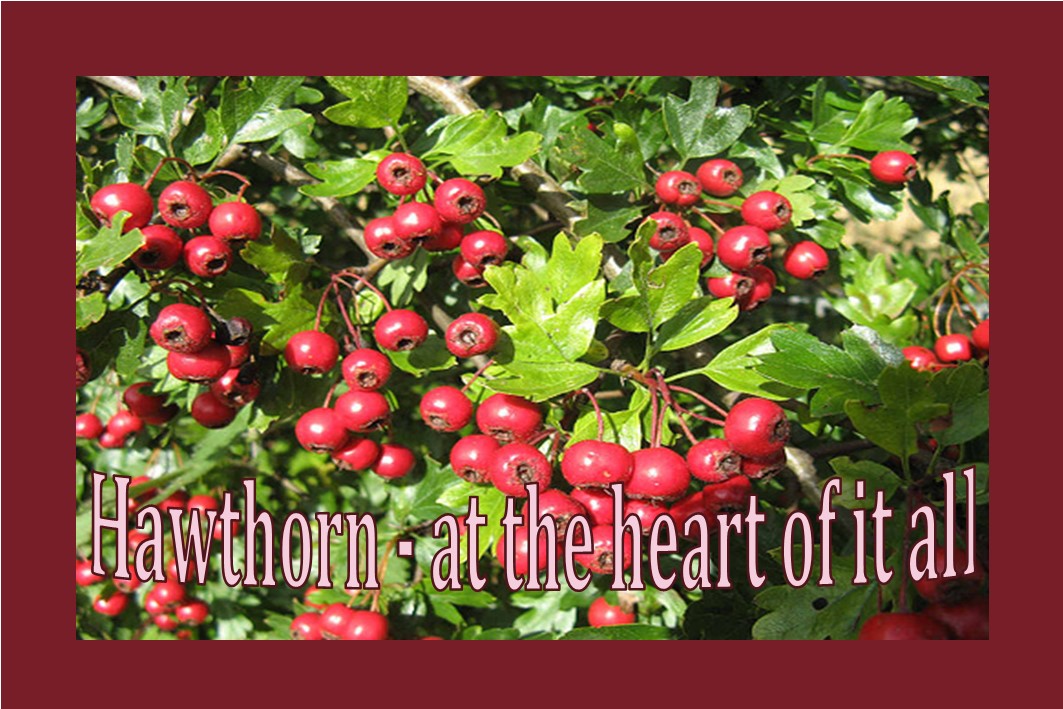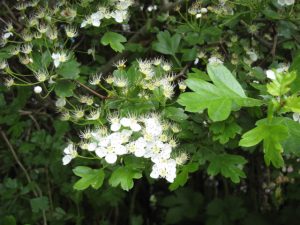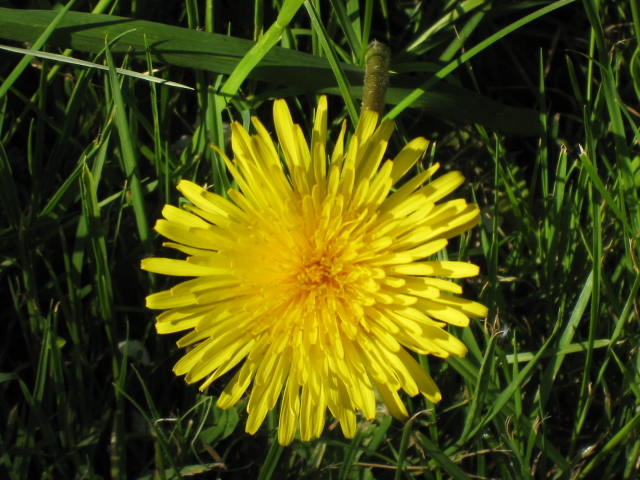Before we even meet…
I have a 15-min free chat with potential patients before we meet. I think this is crucial as it helps us to know whether we think we might work well together.
A big part of any complementary medicine appointment is the therapeutic relationship. If you don’t like me, that just won’t be there. And vice versa! 🙂
I explain how I work and give you some things to do before we even meet!
- pre-appointment medical health questionnaire
- food & drinks journal
- quiz
Yes, I am a big fan of the quiz. It’s by Gretchen Rubin who looks at how we respond to making changes. Herbal medicine treatment generally requires quite a few lifestyle and dietary changes in addition to taking the herbs I prescribe. After all, you want something about your health to change. That’s why you’re seeking help.
BUT, those changes to your health don’t happen without you making changes too. And, if you aren’t ready for that, it’s going to be an uphill battle for us both. Frankly, there’s likely to be little point trying!
I sometimes say it’s a little like tying your non-dominant hand behind your back. You can go about your life pretty well, but it’s so much better when you can use both your hands. (In this little analogy, the herbs are your dominant hand and the changes I ask of you are your non-dominant hand)
This way, I know how you will best respond to suggestions of change, what other health challenges you have faced and will have a snapshot of how you fuel your body. I get a lot of fodder from these inputs and that enables us to focus our time together on why you are coming to see me.



